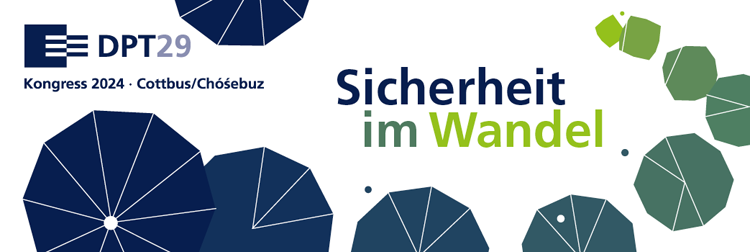Neighbourhood Effects and Beyond: Explaining the Paradoxes of Inequality in the Changing American Metropolis
More news about the topic
American cities today are simultaneously the same and different from Wilson’s classic portrayal in "The Truly Disadvantaged", first published over 30 years ago. Concentrated poverty and racial segregation endure, as do racial gaps in multiple aspects of wellbeing. But mass incarceration, the dramatic drop in violent crime, immigration, rising income segregation, the suburbanisation of poverty, and other macrosocial trends have transformed the urban scene. The paradoxical result is that cities today are both better and worse off.
In this paper a unifying framework on persistence and change in urban inequality, highlighting a theory of neighbour-hood effects and the higher-order structure of the contemporary metropolises is put forth. This analytic framework is applied to examine: (1) neighbourhood inequality as an important driver and mediator of urban transformation; (2) racial disparities across the life course in compounded deprivation, poisoned development, and intergenerational mobility; and (3) how everyday spatial mobility beyond the local neighbourhood is producing new forms of social isolation and higher-order segregation.
www.praeventionstag.de

